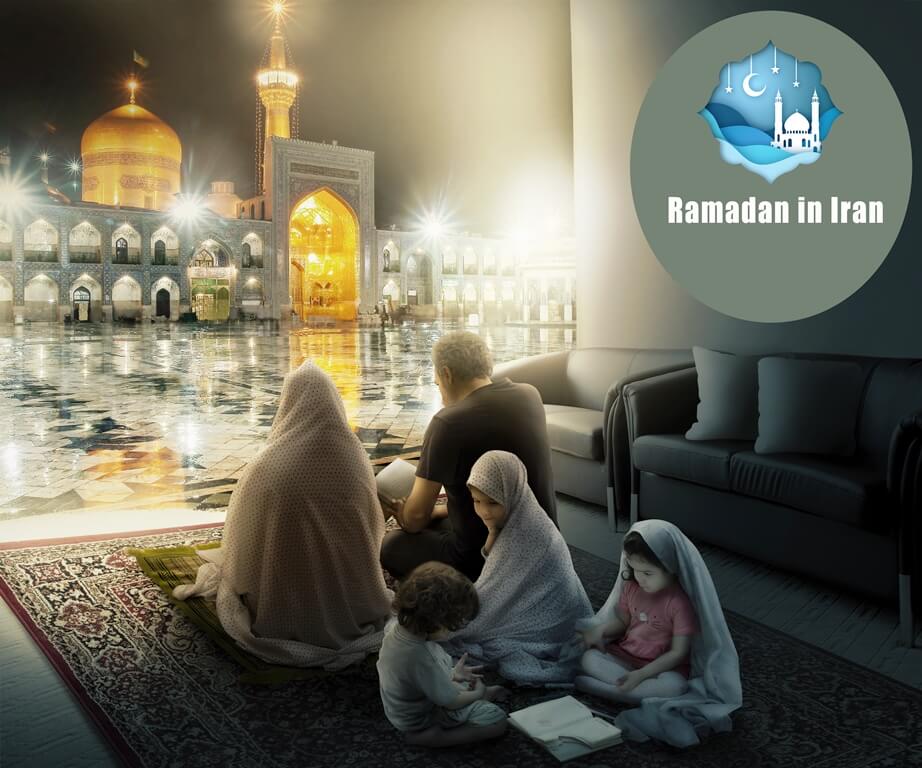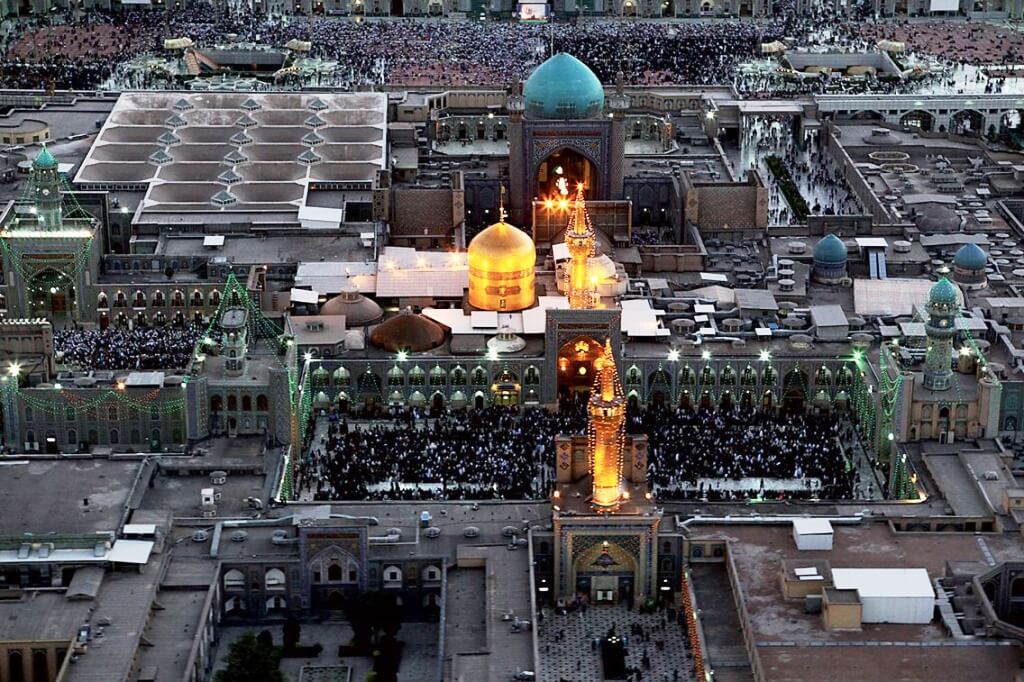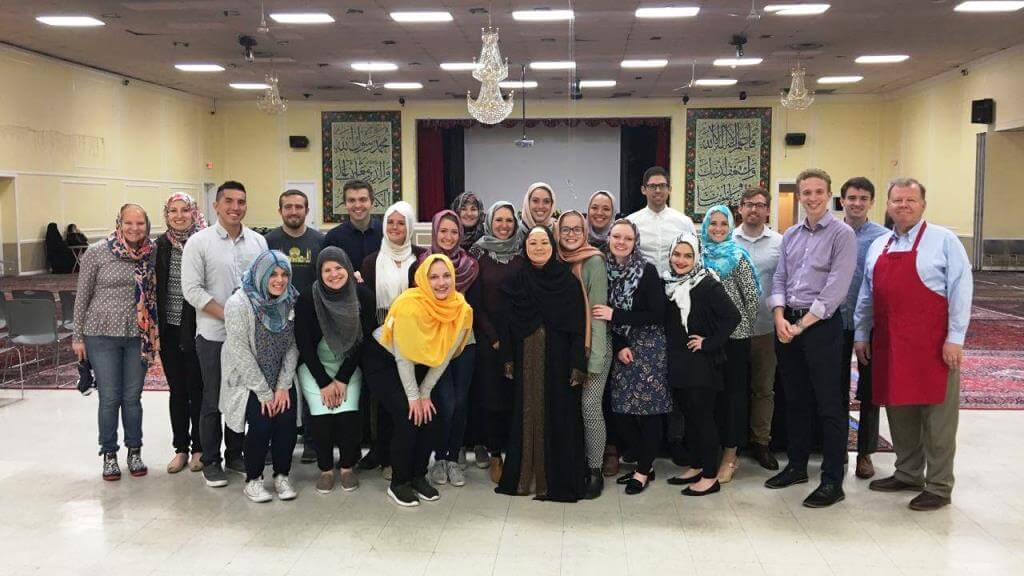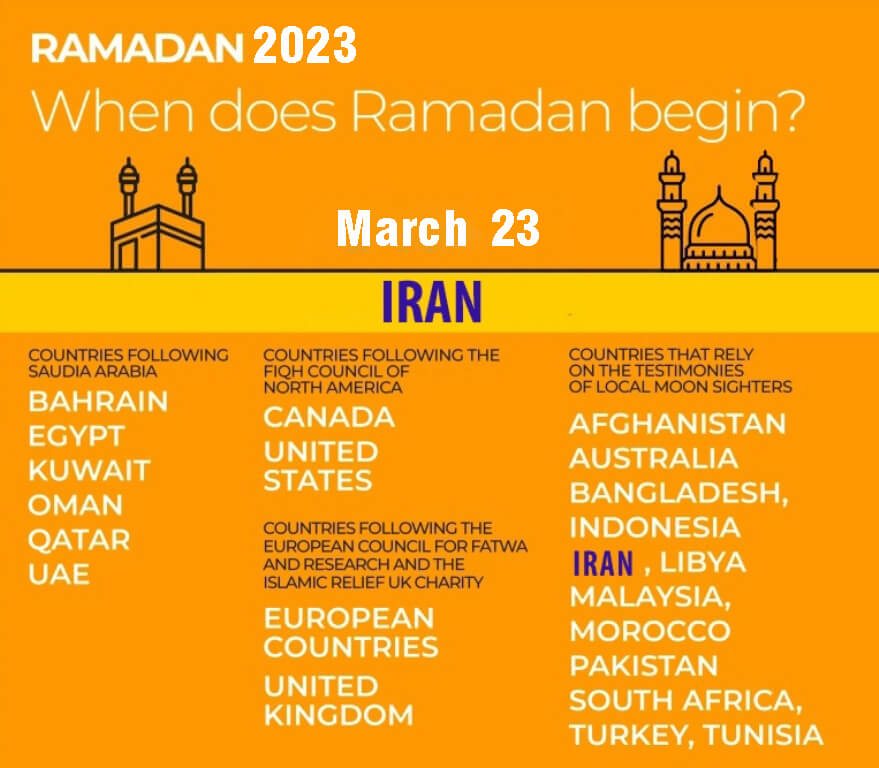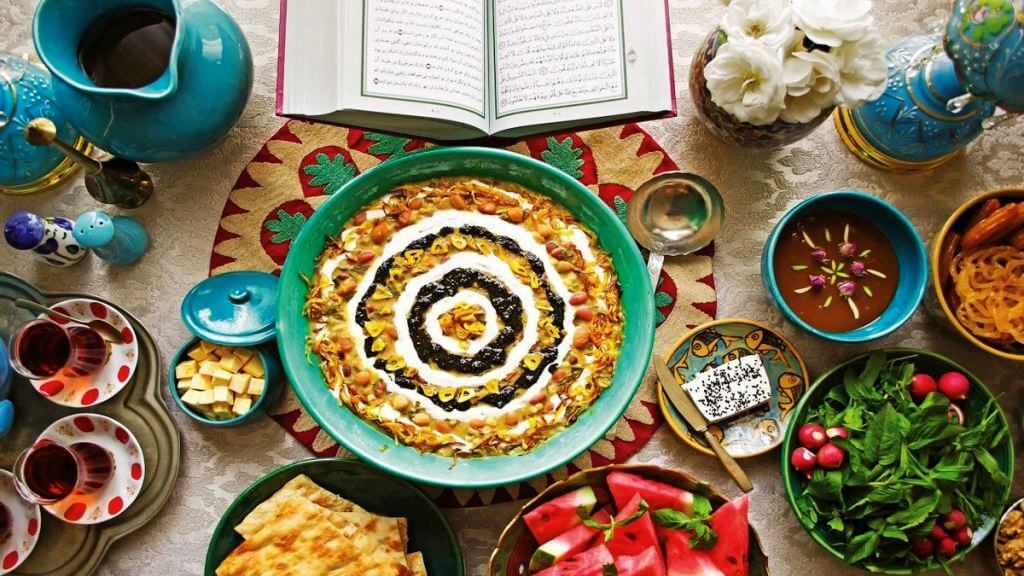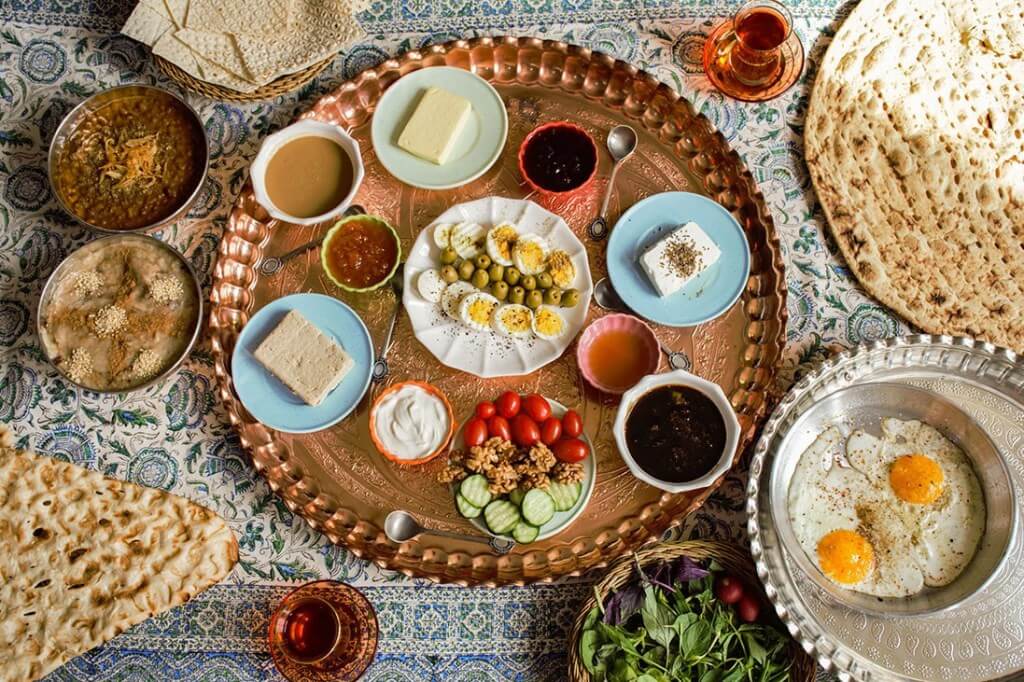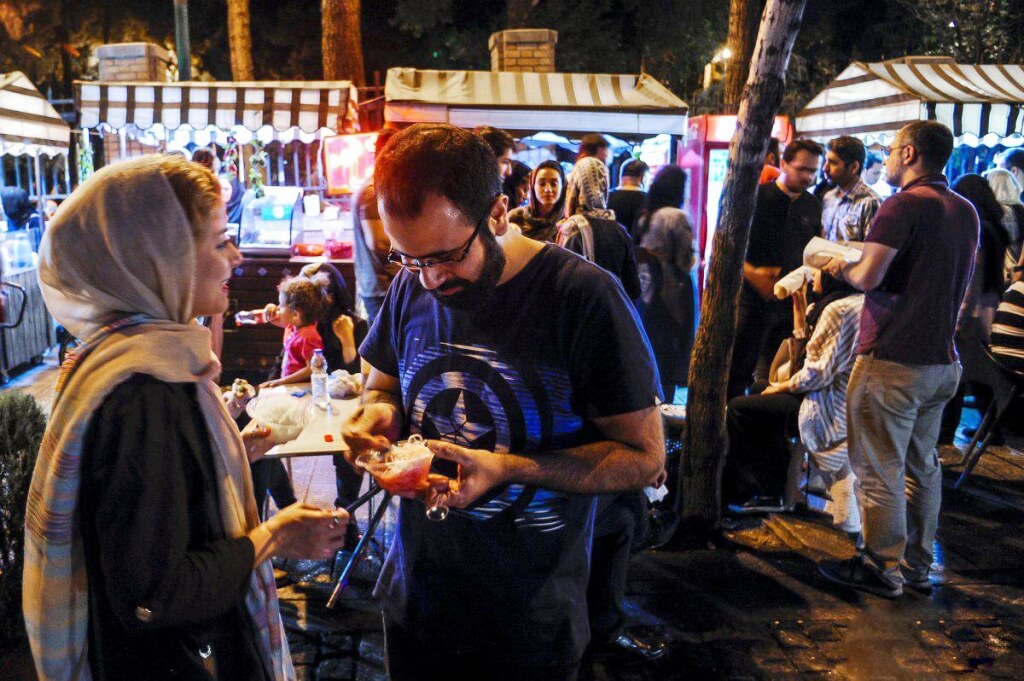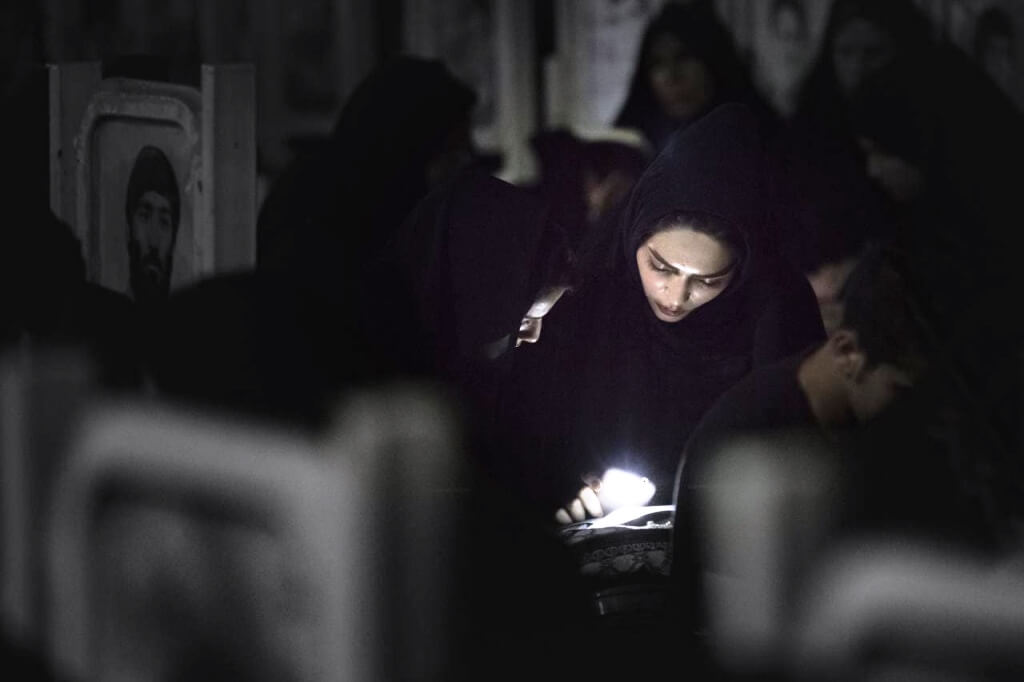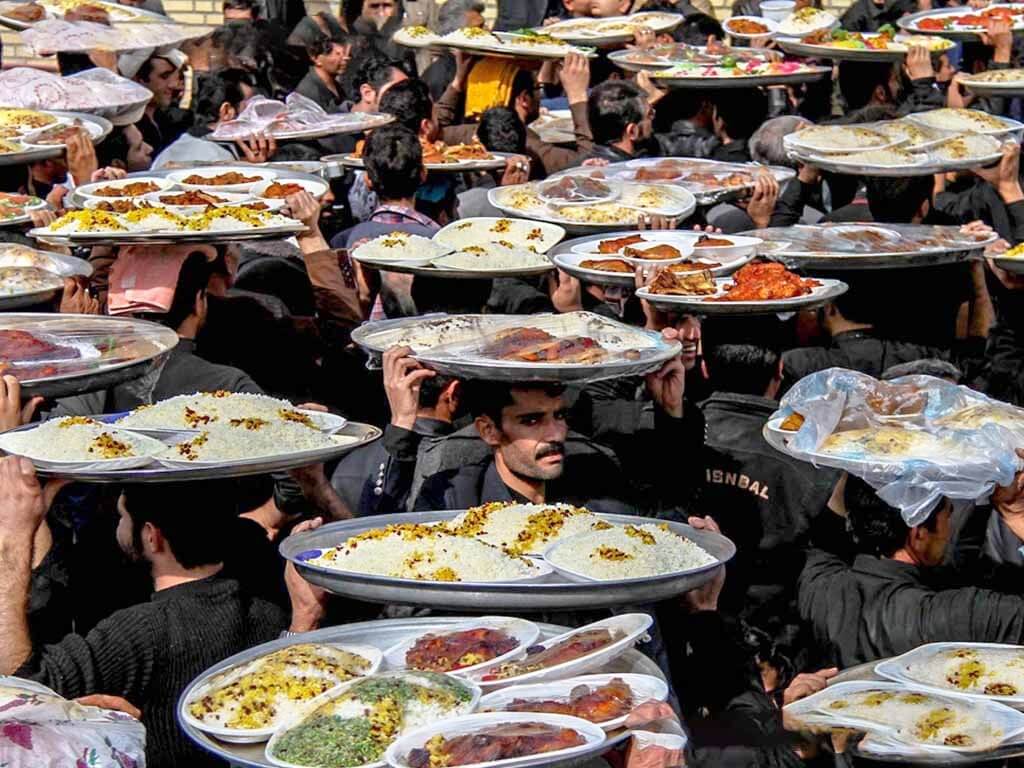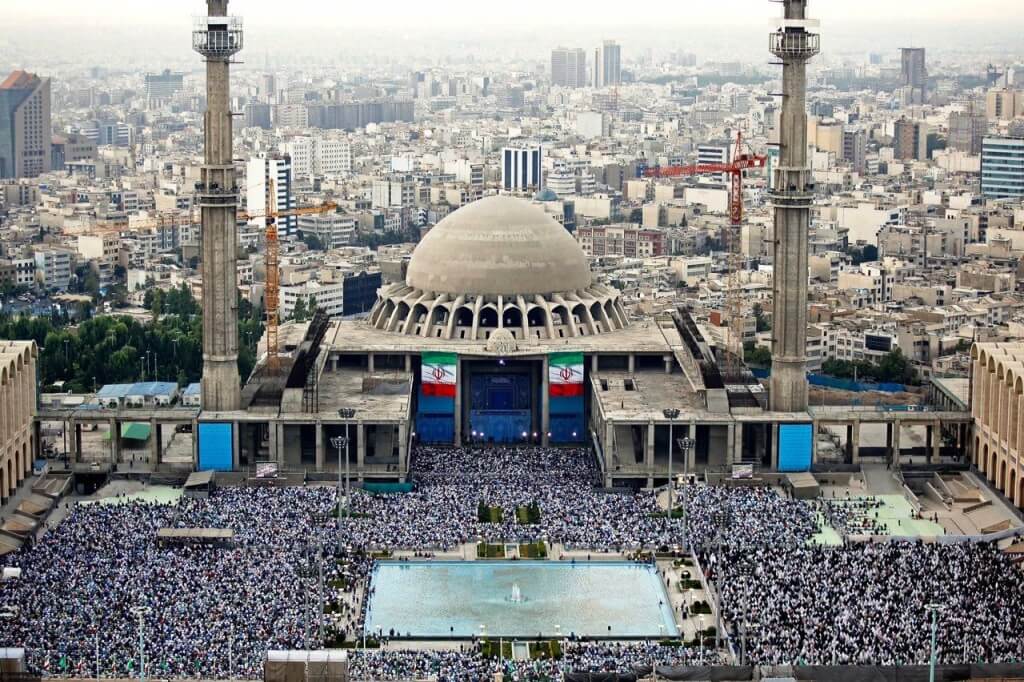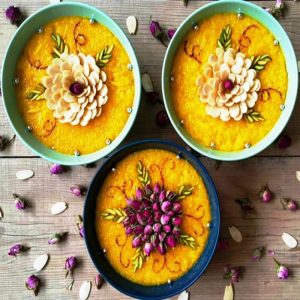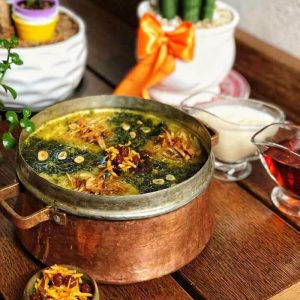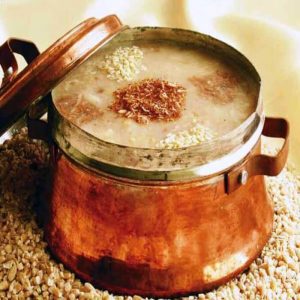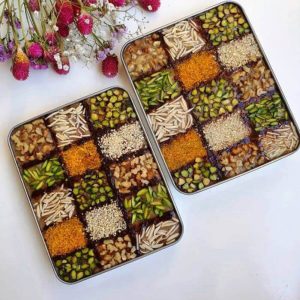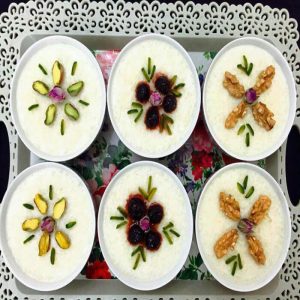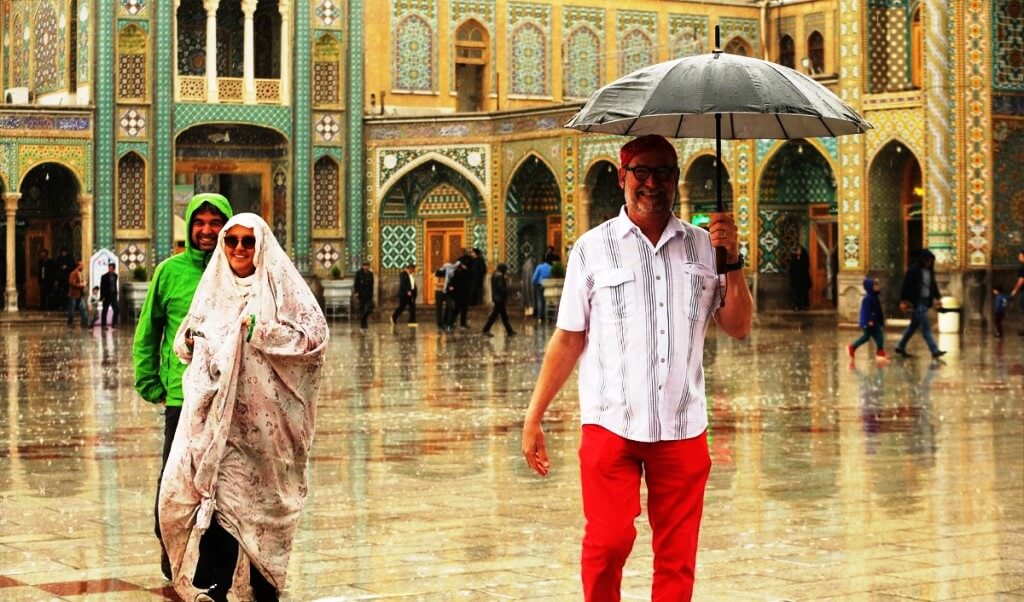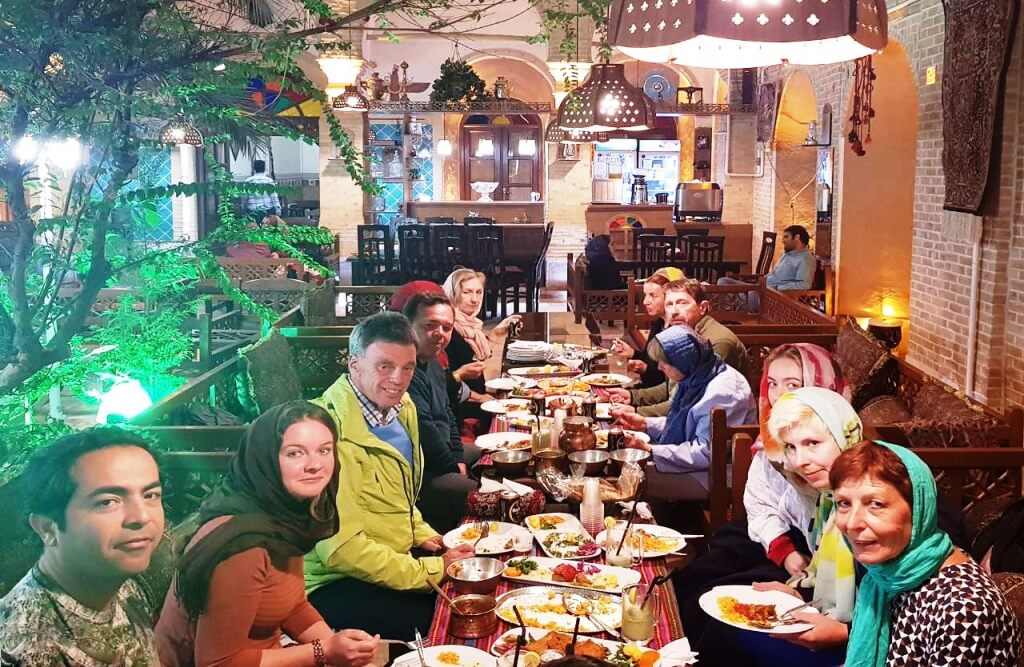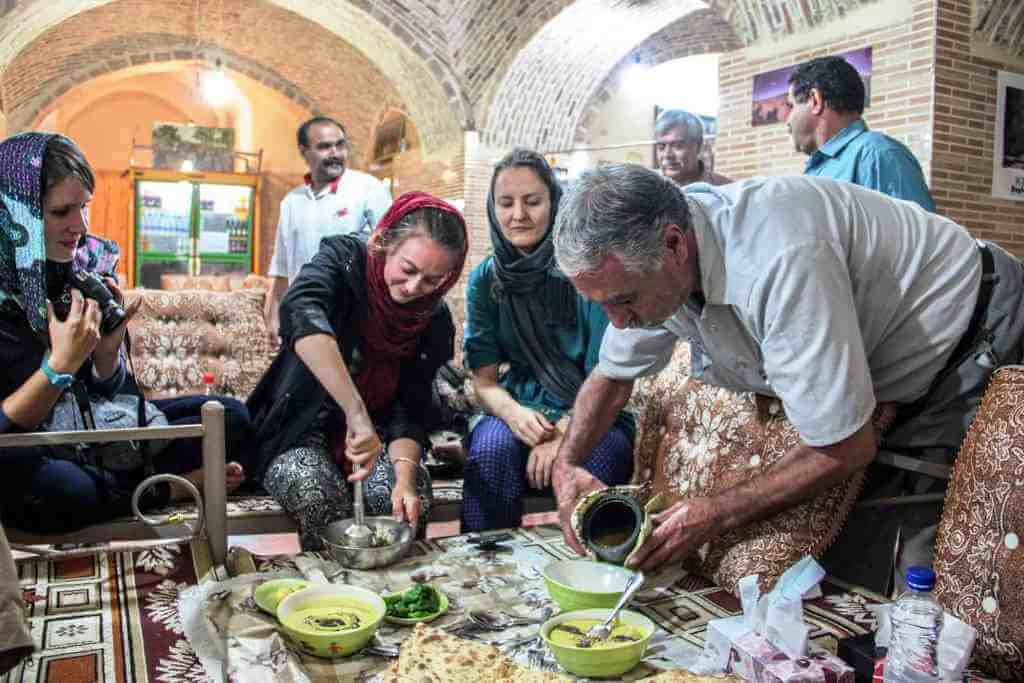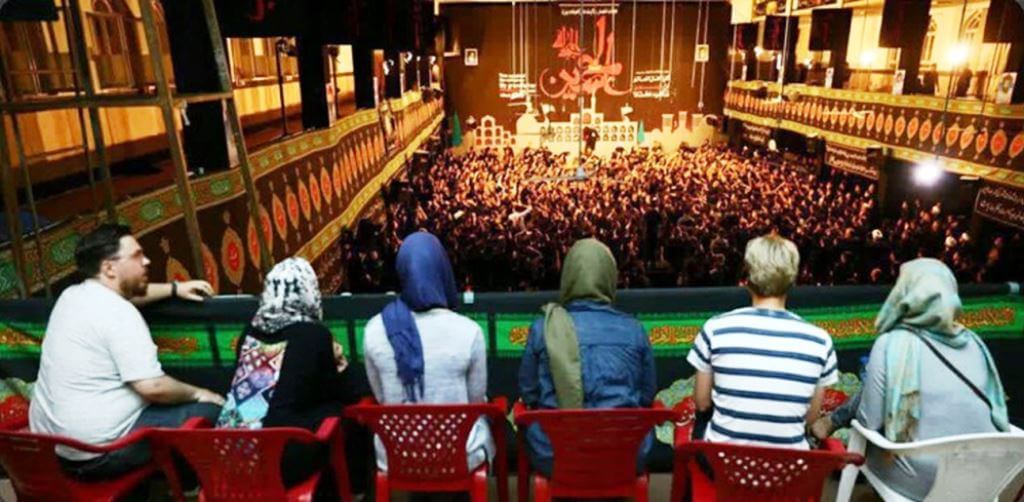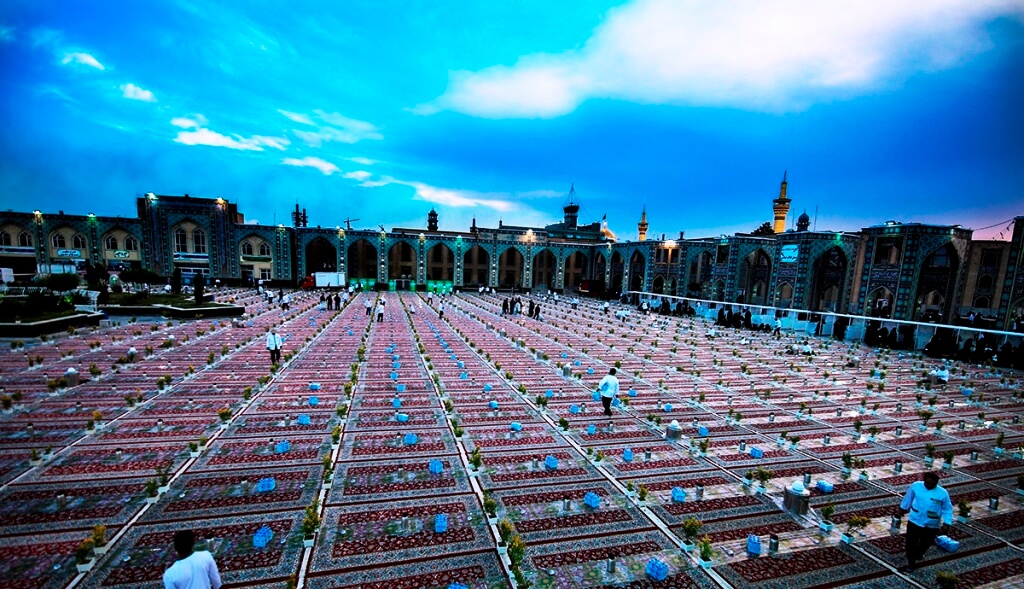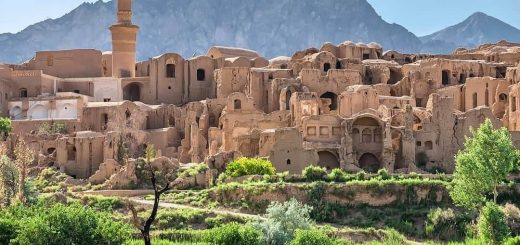Ramadan in Iran | Useful tips for Visiting Iran during Ramadan
by Admin · April 24, 2021
Traveling to Iran in Ramadan
Deciding to travel to an Islamic country during Ramadan, one of the world’s most significant Muslim religious events, looks pretty complicated. On the one hand, the restrictions and protocols that exist during the day in this month seem challenging. On the other hand, taking part in the Muslims’ largest religious festival with unique customs and ceremonies, something you will never experience in your own country seems tempting. Interestingly, Iran is a country with a Muslim majority, in which Ramadan is celebrated with all its aspects. Now, Is it wise to travel to Iran during Ramadan or not? What do you need to prepare yourself for visiting Iran in Ramadan?
You will find the answer to these questions and all about traveling to Iran in Ramadan in this blog. Also, if you have any further questions in this regard, do not hesitate to contact us.
Stay with us!
What is Ramadan?
Ramadan or Ramazan (in the Persian language) is the ninth month and the holy month in the Islamic lunar calendar. All Muslims around the world, including Iranian Muslims, practice fasting and pray in Ramadan. Accordingly, they fast from dawn to sunset for one month. In other words, the Muslims eat something at sunrise, and then they do not eat, drink, smoke, swim (due to the chance of swallowing water) till sunset. Finally, they break their fast at sunset (Iftar) when they are allowed again to eat, drink, etc. This cycle continues until the end of Ramadan.
Besides, they do traditional and religious activities during this month that differ from country to country.
The Philosophy of Ramadan
The philosophy behind Ramadan is not about starving; it is about becoming pure and provoking sympathy for the deprived people. So, besides avoiding eating, the Muslims avoid committing sins and help poor people more during Ramadan. Muslims believe that by praying, fasting, and doing good things, God will forgive their sins, and by the end of Ramadan, they can start a new sinless life.
Notably, people with medical conditions and children are not supposed to fast in Ramadan.
“What is the story behind Ramadan?
The naming of Ramadan stems from the Arabic root “ar-ramad,” which means scorching heat. Muslims believe that in A.D. 610, the angel Gabriel appeared to Prophet Muhammad and revealed to him the Quran, the Islamic holy book. ... Muslims fast during that month as a way to commemorate the revelation of the Quran.”
Ramadan in Iran
Iran is an Islamic country, and like the other countries where the majority population is Muslim, Ramadan is a significant event in this country. So, Iranians practice fasting and hold several religious and local rituals during Ramadan.
Notably, eating and drinking in public places is forbidden from sunrise to sunset during Ramadan in Iran. Even those who are not fasting try not to eat or drink in public, so you should better respect this rule as well. But don’t worry, you do not have to fast.
Since this limitation looks challenging, in this blog, we present some solutions to get by Ramadan rules during your travel to Iran in Ramadan.
However, although there are restrictions during the day in Ramezan, the nightlife during this month is interesting in Iran. Accordingly, all restaurants, coffee shops, and even cinemas start working after sunset.
On the other hand, you can join in different religious rituals during Ramazan in our country. This way, you can have an exceptional Iran travel experience.
Moreover, in some more religious cities like Mashhad and Qom, Ramadan creates a different atmosphere in the whole town.
When is Ramadan 2023 in Iran?
As the Ramadan date is based on the Arabic lunar calendar, its date changes every year, and each year it starts ten days earlier than the year before. Also, based on the lunar system, the Ramadan month begins and ends one day sooner or later in different Islamic countries.
Ramadan 2023 in Iran starts on March 23rd (Farvardin 3rd) and ends on May 21st (Ordibehesht 1st).
Ramadan Traditions in Iran
As Mentioned, society’s circumstances change during Ramadan in Iran. And these new circumstances are derived from Ramadan events, traditions, and rituals in Iran.
So, before starting to talk about traveling to Iran during Ramadan and things you can do during this month, you are better to know Ramadan traditions in Iran.
Sahari (Sahur)
Sahur, Sahari in the Persian language, is a meal that Muslims have before the morning Adhan (morning call to prayer) at dawn. A day of fasting begins with eating Sahari and praying at dawn. Fasters usually wake up an hour or hours before dawn to pray and eat Sahari that generally includes a warm meal with rice. A the end of the meal, they drink a hot beverage, such as tea, and brush their teeth.
Hearing the morning Adhan, the fasters are not allowed to eat and drink anymore. Finally, after morning Adhan (dawn), they pray, and the fast starts.
Waking up in the middle of the night and eating warm food, which is not common at any time of the year other than Ramadan, is a memorable experience that even children and non-fasters sometimes attend.
Eftar (Iftar)
Hearing the sunset call to prayer, Muslims break their fast with a meal called Iftar or Eftar in the Persian language. In Iran, the fasters usually drink a hot beverage with dates and pray before starting to eat. Iftar can be either a variety of warm food or a light meal. After finishing Iftar, the Iranians eat Zoolbia Bamiyeh, the traditional Ramadan sweet, as dessert.
Notably, from the moment of Iftar (sunset Adhan) until the next day dawn (morning Adhan), they are permitted to eat and drink.
Ramadan Night Life in Iran
One of the ceremonies that was more common in the past and less practiced today is meeting friends and families after Iftar, which is called Shabneshini. In these reunions, family members or friends gather and enjoy being together until late at night.
Of course, Iftar feasts are still common in most Iranian families. In this way, a family member invites all his uncles, aunts, cousins, etc., to his house for Iftar and treats them with various Persian food.
On the other hand, as Iranian society moves towards modernity and houses have become smaller, many Iranians today, especially young people and even those who do not fast, go out after sunset. They enjoy the joyously bustling Ramadan nightlife:
- Restaurants offer a special menu for Iftar, different from other times of the year.
- The shops are open until late at night.
- Street food has a brisk market, and coffee shops that open after sunset are full of people until late at night.
- And the cinemas are open after sunset until after midnight and even at dawn.
Qadr Night (Laylat al-Qadr)
Muslims believe that the Holy Quran was sent down to Prophet Mohammad on Ramadan 19th, 21st, or 23rd. So, during these three nights, Muslims try to stay awake for praying and practicing special rituals. Accordingly, after Iftar, people gather in the mosques, shrines, mosques, parks, universities, and personal residences. They put the Qurans on their heads, and pray together until dawn.
Also, the Martyrdom Anniversary of Imam Ali, the first Imam of Shia Muslims, is on Ramadan 21st. Notably, this day is a national holiday in Iran, and all tourist attractions are closed on this day.
Moreover, on the days after the Qadr nights, working time starts from about 9:00 A.m, meaning you are better not to plan for the early morning.
Nazri
One of the most appreciated Ramadan traditions in Iran is donating Nazri; A food that people give for free to others, especially the poor. Nazri includes different kinds of food and drinks such as Sherbet, dates, Chelo Khoresht, Aash, etc.
Eyd-e Fetr (Eid al-Fitr)
Eid al-Fitr, Eyd-e Fetr in the Persian language, is the last day of Ramadan. On this day, which is assumed “Festival of Breaking the Fast,” the Muslims celebrate and must not fast. Also, all Muslims have to pay a determined amount of money called Fetriyeh to the poor people. Moreover, Muslims gather in vast areas and hold the special prayer of Eyd-e Fetr.
Notably, Eyd-e Fetr and a day after that are religious holidays in Iran, and all tourist attractions are open on these days.
Traditional Ramadan Dishes in Iran
Since the fasters do not eat during the day, and they only have a little time during the night to refuel, the Iftar meal is very varied. Also, some foods are traditionally cooked more during Ramadan in Iran because they are more nutritious.
In the following, we present some of the traditional Ramadan dishes in Iran.
Zoolbai Bamieh
The traditional Persian sweet of Ramadan is Zoolbai Bamieh, made exclusively during Ramadan. This traditional sweet consists of flour, sugar, starch, oil, etc.
Shole Zard
It is traditional Persian food similar to porridge, consisting of rice, sugar, almonds, saffron, etc.
Aash
Aash refers to the different kinds of Persian Soup. Cooking different types of soup such as Aash Reshteh (Persian noodle soup), Aash-e Doogh, barley soup, etc., is common in Iran during Ramadan due to the high volume of water and nutrients.
Halim
Another Iranian traditional Ramadan dish is Halim, a thick pudding of wheat and meat.
Ranginak
It is a traditional Persian dessert including dates, walnuts, flour, etc. It is the traditional dessert of southern Iran and is widely consumed during Ramadan.
Halva and Porridge
Different types of halva and porridge are the most common traditional foods of Ramadan in Iran, which are cooked with different recipes in each city.
How is Traveling to Iran During Ramadan
When you plan a trip to Iran, you would probably avoid Ramadan month because it looks challenging. But really, How is visiting Iran during Ramadan?
During Ramadan, Iranians’ routines and daily life change drastically. So, despite the restrictions about eating and drinking during daylight, the tourists can take part in the religious ceremonies and events and enjoy exciting Persian culinary. Also, Iran tourist attractions are less crowded, and the hotels’ rates are lower during Ramadan in Iran. However, since during the Eid-al Fitr holiday (2 days) usually many Iranians take the opportunity to travel, the roads, tourist attractions, and hotels are almost full.
By the way, before arranging a tour to Iran in Ramadan, you are better to know the circumstances of the society, rules, customs, Dos and Don’ts, and pros & cons of Iran trip during Ramadan. Hence, in this blog, we present all of the mentioned items to help you arrange an optimal Iran tour plan for Ramazan.
Ramadan Considerations and Limitations for Foreign Tourists in Iran
If you decide to travel to Iran during Ramadan, you have to be aware of some rules practiced during Ramadan In Iran.
As mentioned, eating, drinking, chewing gum, and smoking in public areas are forbidden from sunset to sunrise during Ramadan. Hence, it would be better if you were careful because you may get arrested by police while eating in the street. However, although it is better to respect the rules and customs, this limitation is not very strict for foreign tourists. In that case, you can apologize and explain that you weren’t aware of the rule, and everything will be fine. Things are not as strict as they sound!
Useful Tips for Traveling to Iran in Ramadan
If you plan to visit Iran during Ramadan, here are some useful tips to keep in mind as a foreign tourist.
- It is not like that everyone fasts during Ramezan, so the people understand that you, as a foreign tourist, are not fasting. But, they expect you not to eat in public places. However, as a foreign traveler, you can drink water or eat a small thing in a private car or secluded areas, if it is occasional and almost inconspicuous.
- Food or drinks are not served on the plane, train, and bus during fasting hours.
- Have snacks in your bag in case that you won’t find an open restaurant.
- All supermarkets are open during the day so that you could buy water or snacks.
- There won’t be various meals available at restaurants during fasting hours (most of them are closed). Your options are limited.
- Take advantage of the nightlife during Ramadan in Iran.
- All Iran tourist attractions are open during Ramadan. They are only closed on Ramadan 21st (the day of Imam Ali’s assassination).
Where to eat during Ramadan in Iran?
Since eating and drinking during the daylight in Ramadan is illegal in Iran, the question is where you can eat breakfast or lunch?
Most restaurants and cafes are closed until sunset in Ramadan, but you have the following options for dining on your Iran trip during this month.
- The Restaurants of your hotels are open and serve food and drinks for travelers.
- Grocery shops and supermarkets are open during the day. So, you can buy cold snacks, ready-made sandwiches, drinks, and fruits.
- The road restaurants and cafes on the highways between cities serve food as well. Notably, under a particular condition, Muslims don’t fast while traveling.
- As a foreign tourist in Iran, you can drink and eat in a private car or secluded areas, if it is inconspicuous.
The Activities that Tourists Can Do during Ramadan in Iran
If you plan to visit Iran in Ramadan, we should say that all Iran tourist attractions are open during this month except for the day 21st of Ramadan. Notably, during Ramadan in Iran, the tourist attractions and points of interest are less crowded.
However, if you are interested in getting more involved with the society and Iranian culture and customs during this month, here are some activities you can do during Ramadan in Iran.
Participate in an Iftar Ceremony
One of the memorable travel experiences you can have during Ramadan in Iran is to attend an Iftar Ceremony in an Iranian house. You can do this by some prearrangements with your finds in Iran or official tour and travel agencies. If you couldn’t arrange that, you can go to traditional restaurants to enjoy the special Ramadan menu and meet locals.
Enjoy the Persian Cuisine in Ramadan
When it comes to delicious Persian food, Ramadan is an excellent time to enjoy various Iranian dishes, especially at Iftar. Also, as mentioned, some Persian dishes are prepared more or exclusively in Ramadan. To enjoy Persian cuisine, you can pop into different cities’ traditional restaurants on your trip to Iran. Notably, in each city, the restaurants offer some local dishes for Ramadan for the Iftar meal.
Moreover, in small towns and villages, you can go to the locals’ houses and be their guest for Iftar.
Finally, do not forget to try Zoolbia Bamieh (the traditional Persian Ramadan sweet), which you can buy from all confectioneries around the country in Ramadan.
Join the Muslims on Qadr Nights
As mentioned, the nights of Ramadan 19th, 21st, and 23rd are Qadr Nights when the Muslims gather in the mosques and pray together. If you want to have an exceptional travel experience of your trip to Iran during Ramadan, we suggest participating in the Qadr night ceremony. Notably, you are better to be accompanied by an Iranian guide to help you get more acquainted with this ritual.
Enjoy the Bustling Ramadan Nightlife in Iran
Ramadan creates an exceptional nightlife in Iran; It is as if the city wakes up at sunset. Because of the limitations during the day, people prefer to spend the evening outside. All restaurants, shops, and cafes are open and full of customers until late at night. Even some cinemas and shops are open until dawn. It is noteworthy that nightlife during Ramadan is more common in large cities such as Tehran, Shiraz, and Isfahan.
In Tehran, on Valiasr Street, and in the north of the city, in Isfahan, on Chaharbagh Street and near Zayandehrud River, and in Shiraz, on Sattar Khan, Qasrodasht and Chamran streets, you can see the bustling nightlife of Iranians during the month of Ramadan.
Tourist Attractions and Places Worth Visiting in Iran during Ramadan
As you know, Ramadan is the most significant religious event among Muslims. So, if you want to get acquainted with its customs deeper and participate in rituals, you can pop into the sacred places of Iran during this month. In other words, mosques and shrines present a different atmosphere during Ramadan in Iran. For instance, in Tehran, you can visit Shah Abdol Azim Shrine or Emam Zadeh Saleh. Also, in Shiraz, you can go to Shah Cheragh Holy Shrine and Ali Ibne Hamzeh Holy Shrine. In Isfahan, you can visit the Jame mosque of Isfahan and Naghsh-e Jahan Square. You can also meet the people who are breaking their fast on Zayanderood riverside in Isfahan.
But above all, you can visit the two religious cities of Iran, Mashhad, and Qom to experience a truly different atmosphere while visiting Iran during Ramadan.
In Mashhad, the biggest Iftar ceremonies are held in the courtyard of Imam Reza Holy Shrine. Aash-e Shole Ghalamkar, Digcheh Mashhadi, Reshteh Polo, and Aash-e Lakhshak are among the traditional Mashhad dishes served in these Iftar feasts.
Moreover, in Qom, you can pop into Hazrat-e Masoumeh Holy Shrine to participate in Ramadan rituals. Like in Imam Reza Shrine, in Hazrat-e Masoumeh Shrine you can see hundreds of people gathering in the yard praying and breaking their fast at Iftar time.
Do I travel to Iran during Ramadan, Pros and Cons
Based on the circumstances created by Ramadan in Iran, its limitations, traditions, rituals, and the tourist activities you can do, here are the pros and cons of visiting Iran in Ramadan.
Pros of traveling to Iran during Ramadan
• Ramadan is a low season for traveling in Iran. So, there are very few tourists, hotels are empty, and tours are hardly sold. Hence, you can pay less for hotels, activities, and domestic flight tickets.
• You will face less traffic on the roads during the day in Ramadan.
• Since there are few tourists, the tourist attractions are not crowded, and you do not need to waste time in the lines to buy entrance tickets to the attractions.
• You can enjoy the vibrant and bustling Ramadan nightlife in Iran.
• Visiting Iran during Ramadan presents an excellent opportunity for tourists to discover the other face of Iranian culture, customs, beliefs, and hospitality.
• Participating in the Ramadan rituals, such as the Iftar feast, Qadr night, and Nazri ceremony will award you a unique travel experience that you can not experience in other destinations.
• Many Iranians tend to be more generous during Ramadan, and there is a chance that they invite you to an iftar feast.
• Ramadan is an excellent time to enjoy various Iranian dishes on your trip to Iran.
• In recent years, Ramadan falls in spring, the high season in Iran. So, you can enjoy visiting Iran in the high season with lower prices and when it is less crowded.
Cons of visiting Iran in Ramadan
• You are not allowed to eat, drink or smoke in public places unless it is not that obvious
• Most of the restaurants and cafes are closed until sunset
• The menu of the restaurants which serve breakfast and lunch are not as varied as in the normal days
• Food or drinks are not served on the plane, train, and bus during fasting hours
———————————–
Now, based on the mentioned tips, we suggest traveling to Iran during Ramadan if you are:
1- A traveler who is interested in new travel experiences and knowing more about the culture and customs of your destination
2- An easy-going person who is not very strict about timing and the type of his meal
3- A budget traveler who is looking for ways to decrease your travel cost
4- Not interested in visiting a crowded destination
5- Not a first-time traveler to Iran and want to discover the other face of Iranian culture, customs, beliefs, and hospitality
6- Interested in participating in the events of your destination
———————————–
And don’t travel to Iran during Ramadan if you are:
1- Traveling with children and the old ones
2- Strict about the timing and the type of your meals
3- Following a particular diet and cannot eat everything
4- A first-time traveler to Iran with a time limitation and a very compact itinerary
5- A person who can not easily get along with the specific situations of the destination that you find strange or completely different from what you experience in your country
Finally, please leave your comments if you have any other information or questions about traveling to Iran during Ramadan.

Most Frequent Questions and Answers about
Ramadan in Iran
Like this article?
Subscribe To Our Newsletter
Get updated articles about Iran trip

